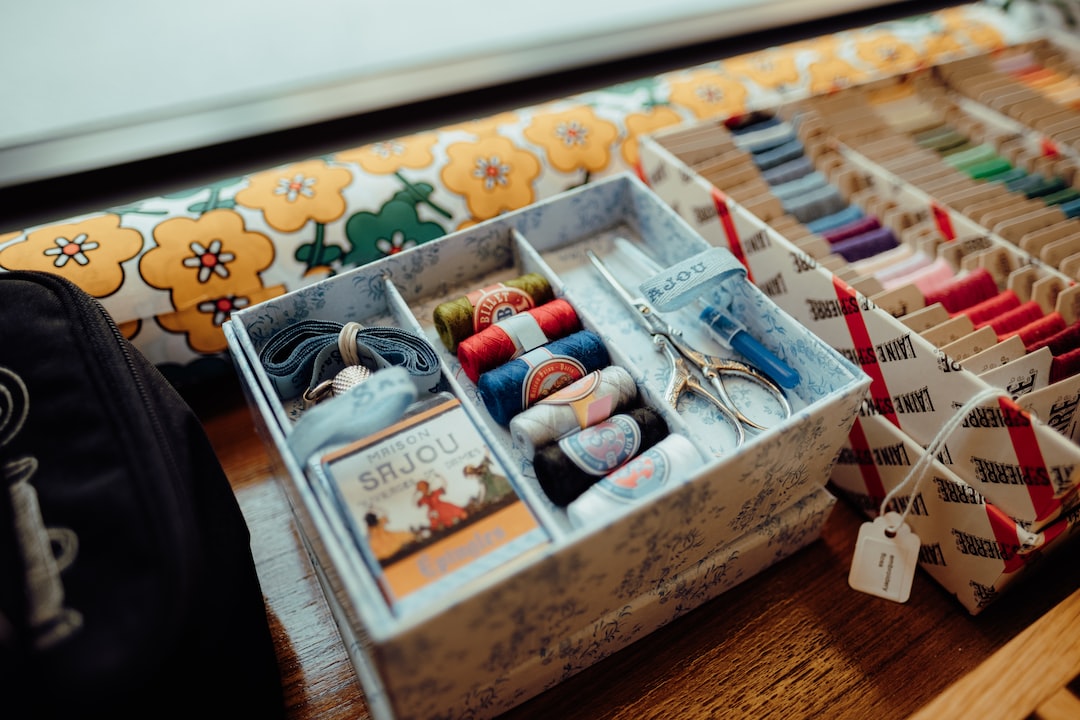Exploring the Techniques of Watercolor Painting: Tips for Beginners
Watercolor painting is an incredibly versatile and expressive art form that has been practiced for centuries. With its vibrant colors and delicate textures, it has the power to capture the beauty of the world like no other medium. If you are a beginner looking to dive into the world of watercolor painting, here are some tips to help you get started and explore the various techniques:
1. Choose the right materials: Before you start painting, it is essential to have the right tools. Invest in high-quality watercolor paper, as it can greatly impact the outcome of your work. Look for paper specifically designed for watercolor painting, as it is thicker and can handle the water load better. Additionally, choose professional-grade watercolor paints and a set of brushes with different shapes and sizes to experiment with different techniques.
2. Understand the basics of color mixing: Watercolor painting relies heavily on color mixing. It is crucial to understand the color wheel and how different colors interact with each other. Experiment with mixing primary colors to create secondary and tertiary colors. Remember that watercolor is a transparent medium, so layering and blending colors is a skill you will need to develop.
3. Master the art of wet-on-wet technique: Wet-on-wet technique involves applying paint to a damp surface, allowing the colors to blend and bleed into each other. Start by wetting your paper evenly and then apply the pigment using a brush with plenty of water. The wet surface will allow the colors to flow and create beautiful, flowing effects. This technique is perfect for creating dreamy landscapes or abstract compositions.
4. Practice dry brushing: Dry brushing is an essential technique in watercolor painting, which involves using a mostly dry brush with minimal water. This technique is great for adding texture and detail to your paintings. Experiment with different brush sizes and pressures to achieve various effects. It can be used to add texture to objects such as tree barks, rocks, or for creating fine lines and details in portraits or still life.
5. Explore the magic of masking fluid: Masking fluid is a useful tool for preserving white areas or creating highlights in your watercolor paintings. It is a liquid latex that can be applied to your paper before painting. Once it dries, it creates a barrier that won’t let the paint touch the masked area. After you are done painting, simply rub off the dried masking fluid to reveal the untouched white areas. This technique allows for incredible control and precision in your artwork.
6. Experiment with different textures: Watercolor painting offers a wide range of textures that can be achieved through various techniques. Try salt painting by sprinkling salt onto wet paint, which creates unique and unpredictable textures resembling crystals. Or experiment with cling wrap, which creates a crinkled effect when applied to wet paint. Feel free to explore different tools and household objects to create exciting textures in your artwork.
7. Keep practicing and experimenting: The key to becoming proficient in any art form is practice. Watercolor painting, like any other skill, requires practice and experimentation to master. Experiment with different techniques, subject matters, and styles to find your own unique artistic voice. Don’t be afraid to make mistakes – they are an essential part of the learning process.
Watercolor painting can be both challenging and rewarding, and the techniques discussed above are just the tip of the iceberg. As a beginner, embrace the journey of discovery and keep exploring different techniques to unleash your creativity and create beautiful works of art. Remember, the most important thing is to have fun and enjoy the process!

